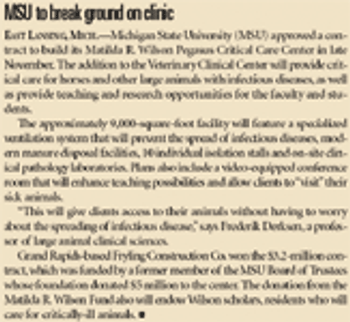
Two sessions of acupuncture had more effect than a single session.
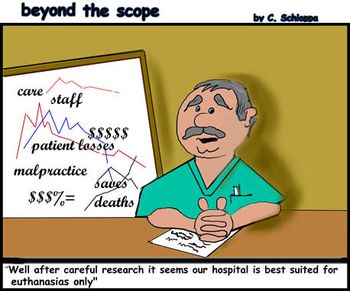
images

AMES, IOWA— As the United States Department of Agriculture (USDA) proclaims a cow suspected of carrying bovine spongiform encephalopathy (BSE) free of the brain-wasting illness, a veterinary leader predicts the scare will not be the last.
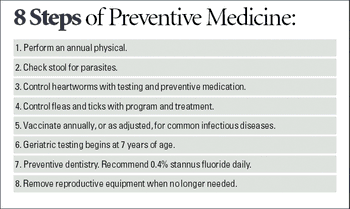
Clients cannot select, or reject, care unless it is clear of the healthcare goals for their pets.

New York —Studies show that up to 80 percent of adult dogs will develop periodontal disease sometime during their lives, yet few owners are acting to ensure that their dogs have healthy teeth and gums. Research identifying the wide prevalence of three key bacteria might yield new insights into the prevention of canine periodontal disease, according to scientists at Pfizer Animal Health.
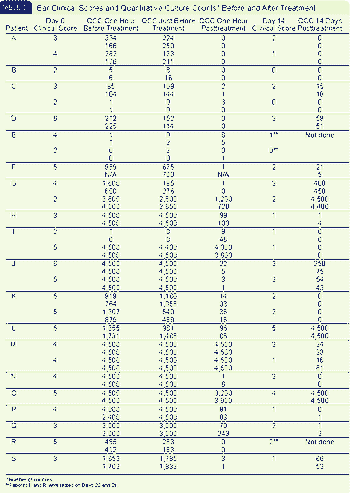
Treating these ears can be frustrating because of changing susceptibility profiles. The organism can become resistant to all available antibiotics or may become susceptible only to expensive or difficult-to-obtain antibiotics.
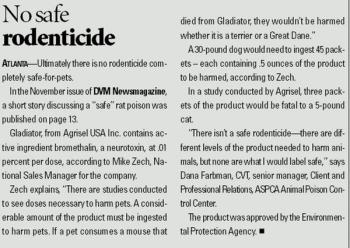
DENVER—Two-thirds of registered compounders did not exhibit at the 50th-annual American Association of Equine Practitioners (AAEP) Convention compared to last year. Though no exhibitors were thrown off the trade show floor in the first event policed by the U.S. Food and Drug Administration (FDA), the regulatory presence prompted an unplanned discussion.

To help secure surgical patients in position without restricting the intravenous catheter's flow, place a hair clip over the catheter site and a surgical tie around the clip.

Inspector: I'm from the State of California Animal Hospital Inspection and Veterinary Staff Competence Evaluating Committee (S.C.A.H.I.V.S.C.E.C., for short), and I'm here to inspect your facility.

Eight states currently have the umbrella policy, which combines practitioners in different fields.

NCVEI's interactive models reached 8,300 practices representing more than 22,000 veterinarians.

PHILADELPHIA—The University of Pennsylvania School of Veterinary Medicine's longest-serving dean will step down in October to rejoin the faculty. Dr. Alan M. Kelly will have served as dean for 12 years when he steps down in October, which coincides with a deadline for a Kresge Foundation challenge grant.

Most lesions wax and wane with or without therapy; so unpredictable ecurrence should be anticipated.

CLEVELAND—A not-so-quiet war has been waged on unsuspecting researchers and doctors around the world. Though Europe largely has been affected the most severely, biomedical research companies and laboratories in the United States have endured their share of vigilante activism for decades.
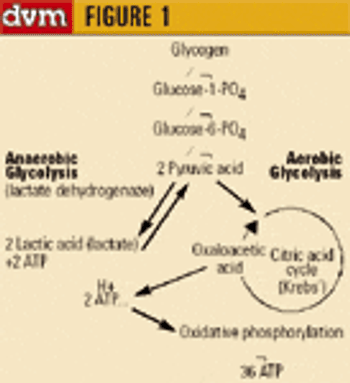
Under aerobic conditions, the intermediate product of glycogenolysis, pyruvic acid, follows an aerobic glycolysis pathway and eventually participates in the Citric-acid cycle or "Krebs cycle" that provides substrates (16 H+) for the oxidative phosphorylation. This oxidative phosphorylation provides a large amount of energy for the cells. Under anaerobic conditions, pyruvic acid follows a different route, the anaerobic glycolysis pathway, and the end-product of this complex cascade of reactions results in accumulation of lactate.

I guess that fellow just loved Pappy so much that he couldn't see his shortcomings.

STARKVILLE, MISS.— Breeding closely related horses might contribute to Hyperelastosis cutis (HC), which causes Quarter Horses' skin to weaken, wound easily and heal poorly with disfiguring scars.

Between 2002 and 2004, ASPCA Animal Poison Control Center (APCC) staff members consulted on 158 cases of moth repellent ingestion. In most instances, the exposure was oral, but dermal and inhalation exposures were also reported. Naphthalene was the active ingredient in 83% of the cases, and paradichlorobenzene was the active ingredient in 17%.

ORLANDO—Dr. Craig E. Greene, DVM, MS, dipl. ACVIM, will receive the prestigious 2005 Mark L. Morris Sr. Lifetime Achievement Award this month at the North American Veterinary Conference (NAVC).
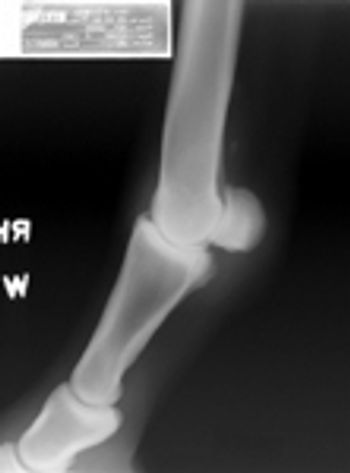
HA helps cells thrive, keeps joints lubricated, protects the retina and keeps skin smooth.

If I recommend that a pet have a growth removed, I shave the area around the growth, with permission from the owner.

After hearing comments that our stainless steel exam table was cold, we took the table to a local auto shop and had the mechanics apply a polyurethane lining used on truck beds (Rhino Linings).

Place a thin sock over the exhaust hose of your surgical prep vacuum to prevent stray hairs from flying around the prep room and contaminating your equipment and surgical site.

If you are having trouble getting a fractious cat out of its carrier and onto the scale, simply take the top off the carrier and hold the carrier top over the scale to create a different hiding place.

Each January, we print out a calendar for the next two years and write the expiration dates for all our injectable drugs, dispensed drugs, and test kits on the corresponding months.

Many veterinarians and technicians do not routinely evaluate blood films microscopically, largely because they lack confidence in either preparing a well-made blood film or in being able to accurately identify important abnormalities.

Practitioner Advisory Board member Dr. Gary Norsworthy recently sent us this photo of his hospital cat Buster. Dr. Norsworthy explained that Buster was exhausted after a hard day of entering data into the computer, answering phone calls, and reading important journal articles.

Lecia Microsystems introduces the Lecia DM1000 laboratory microscope, designed for custom-configuration for the needs of the everyday user.

CHICAGO-Practitioners living in Hawaii and Alaska have lost workers' compensation and property insurance provided by the American Veterinary Medical Association's (AVMA) Professional Liability Insurance Trust (PLIT).
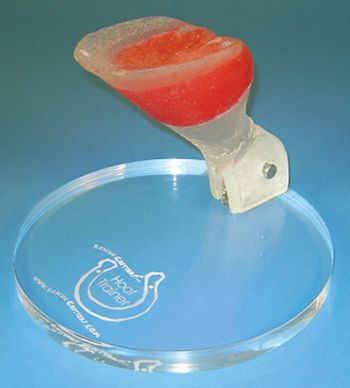
Rescue Critters? introduces a model that allows students to practice and perfect farrier skills without injury or possibility of laming a horse or using a cadaver limb.